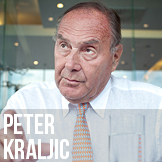START

1st place - University of Veterinary Medicine and Pharmacy in Košice
They have managed to completely redesign their procurement system to fully functional, digital, efficient and transparent. They have introduced digital collation and approval of requirements, supplier selection and monitoring compliance with contracts. Everyone at the university can see who buys what and when and from which source. This has taught employees to buy only what they really need. Smart and effective setup of the process has ensured savings of over €700,000 since the beginning of 2017.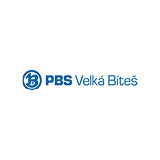
2nd place - PBS Velká Bíteš (Precision Engineering)
Digitalisation and centralised procurement have only recently been mastered in this company rooted in long-standing tradition and practices. Processes have been unified and standardised. The buyers have been moved to one location to ensure the sharing of procurement know-how. They have left their “comfort zones” and have welcomed creativity and systemisation into procurement. Attitudes towards procurement have changed positively amongst buyers, employees and management.
3rd place - SBD Krušnohor (Housing Cooperative)
They are unique among housing cooperatives in the Czech Republic in that they employ the full range of features in digital tenders so that all important data can be seen by the evaluation commission directly in the eAuction hall and the system itself can evaluate bids with the minimum of intervention by the contracting authority. They have carried out more than 80 digital tenders since March 2017 and addressed more than 340 suppliers.TREND
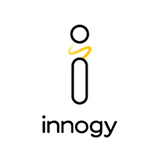
1st place - innogy Česká republika
At the end of 2015 innogy CR decided to change the structure of its procurement department; a new structure was created, a web interface for suppliers, automated orders and, last but not least, the robotisation and digitalisation of the procurement process. Three-way pairing of invoices was implemented, the Procurement Plan application was set up and new automated procurement procedures via an eAuction portal were introduced. 100% digital communications and supplier ratings were also introduced. For the first time the processes of prequalification, evaluation and supplier ratings were automated and linked by the eAuction portal.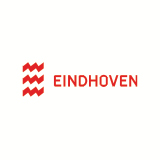
2nd place - City of Eindhoven
The City of Eindhoven has been very innovative in the use of parallel communication channels such as YouTube when they are preparing strategic public tenders. This has led to a huge growth in parties involved in the preparation of public tenders, building the trust of consortia through the persistence of the city in working together with the market throughout the public procurement process and subsequent award of the contract. YouTube has proven to be a great tool and the right medium for targeting start-ups and encouraging them to take part in innovative challenges, such as the implementation of smart parking applications.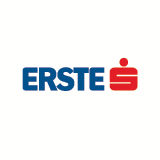
3rd place - Erste Group Procurement – International Team
For the International Sourcing Team every working day is a search for the “best in class” solution for 10 countries, 10 languages and 10 cultures, and that’s all for one procurement need in common. Therefore it’s essential to eliminate all supplier risks by using an automatic supplier rating process. EGP has managed to reduce Maverick spend from 24% (2013) to 4% through BIU and 100% use of an eSourcing solution (eRFx), which includes the use of reverse eAuctions, which have been used in more than 16% of all eSourcing events.MASTER
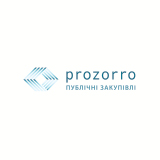
1st place - ProZorro Team
The ProZorro solution is the result of close and active cooperation between the state, the business sector and non-profit organizations, which only underlines the quality of the solution. Particularly positive is the fact that the Ukrainian government did not choose the practice of other countries and create a closed solution but opened a dialogue with the professionals and jointly created a solution that meets the needs of the country while meeting the standards and criteria of the business sector and the professionals. ProZorro also wins points for implementing a solution built on the open-source principle, opening it up to everyone, whether from Ukraine or other countries.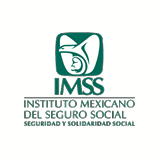
2nd place - Instituto Mexicano del Seguro Social (Mexican Social Security Institute)
The goal of the Compranet solution is to digitalise public sector procurement and promote the principles of transparency and economy. What makes Compranet an interesting and unusual solution is its perception of relationships between suppliers and the state. The Compranet solution tracks the history of suppliers and the quality of their performance. It therefore includes both a list of compliant suppliers and a list of sanctions. It also includes complete digitalisation of the procurement management process and archiving, and a system of "public witnesses”. It’s high evaluation by the FSA jury therefore comes as no surprise.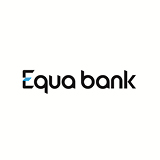
3rd place - Pavel Hrnčíř / Equa bank a.s.
Pavel Hrnčíř was solely responsible for setting up all the procurement processes and launching a new eAuction system at Equa Bank, and along with his colleagues from finance introduced digital order approvals. Using eAuctions to sell bundles of unpaid receivables, revenue has increased by up to three times, and making approximately 10 million CZK in additional profit. Thanks to Pavel Hrnčír’s effective work with digital solutions, he has made procurement savings of nearly 500 million CZK for Equa Bank.© 2002 - 2025 PROEBIZ s.r.o. All Rights Reserved.
